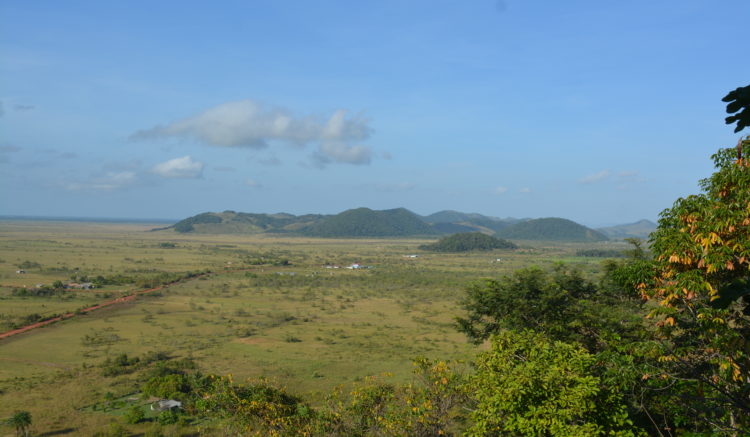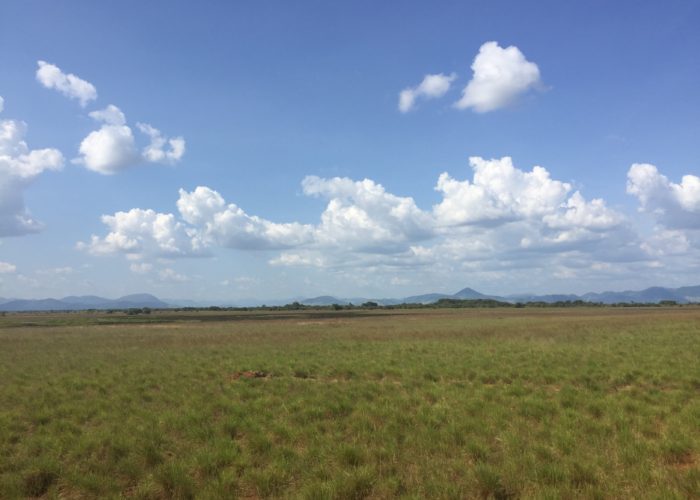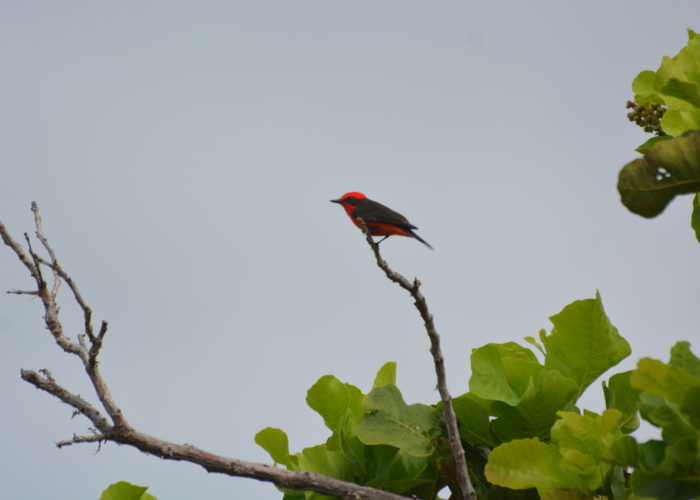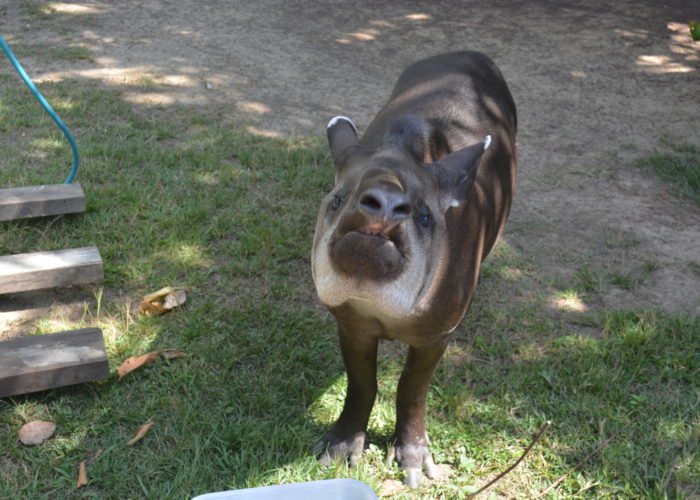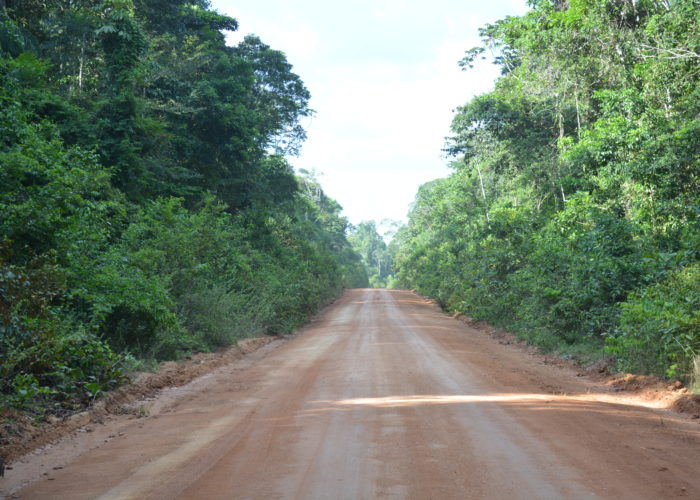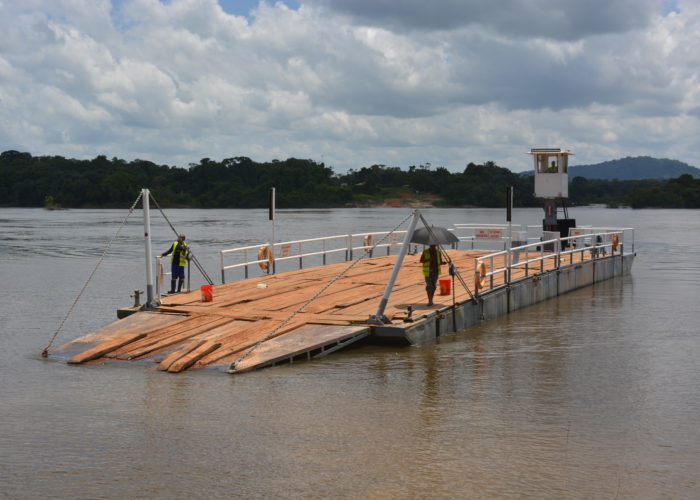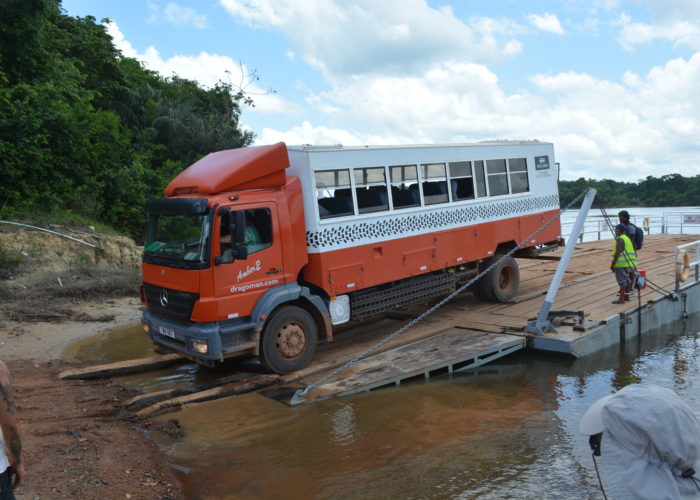From Boa Vista to the border, the Brazilian road was a modern highway. Once over the border into Guayana the tarmac stopped and the road was a browny orange track. Lathem the border town in Guyana is typical of many border towns, here largely catering for Brazilians with a mixture of Chinese run shops selling clothes and other household goods to Brazilians, presumably because some sort of currency or tax arbitrage is possible.
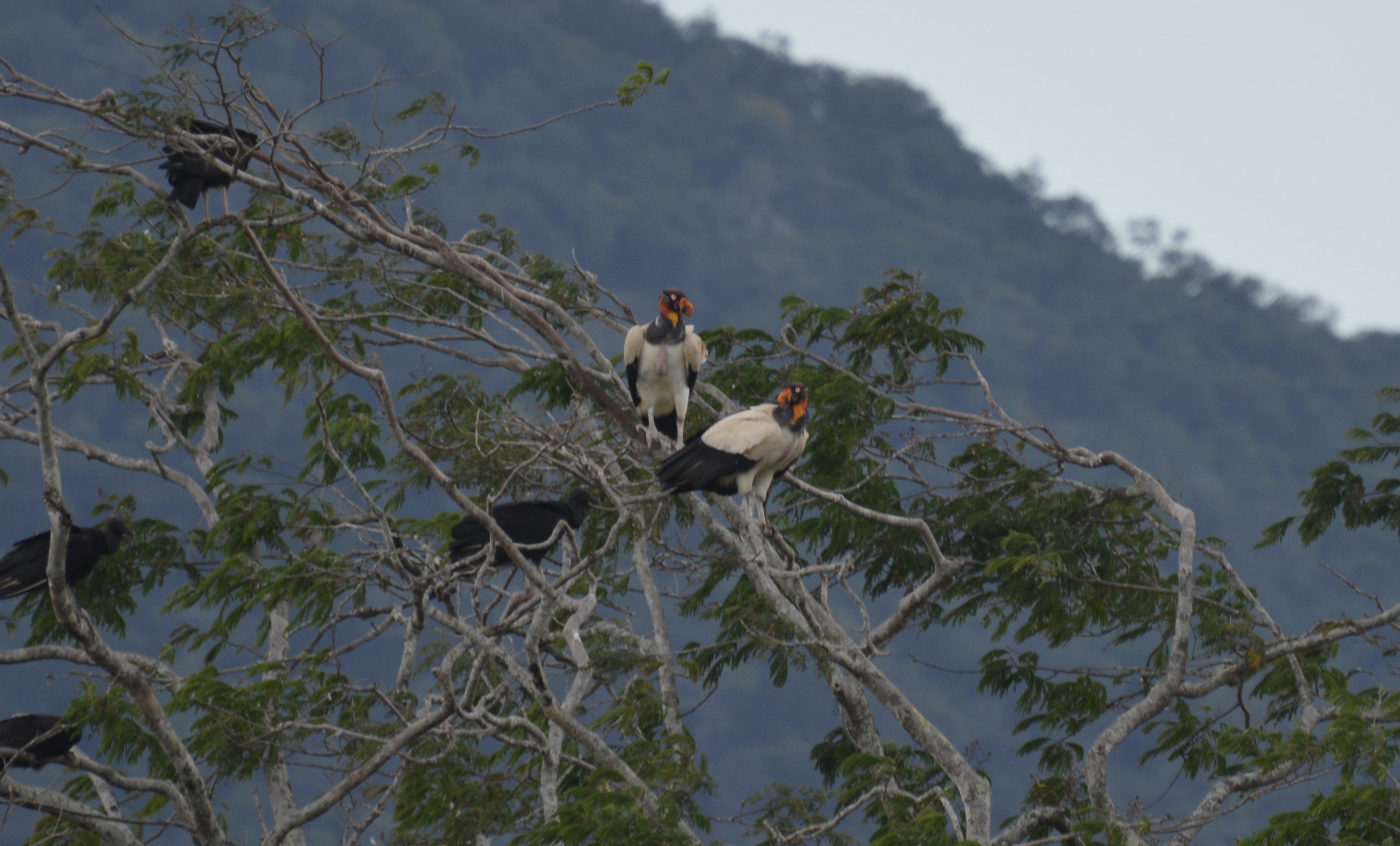
The countryside for the first 100 or so kilometres in Guyana is open savannah which floods in the rainy season, but otherwise is an extensive open green landscape. There are not many farms and for the most part the land is in its natural state. There can’t be to many similar landscapes without human activity and in their near natural state. The countryside supports a lot of wildlife and in particular many species of birds.
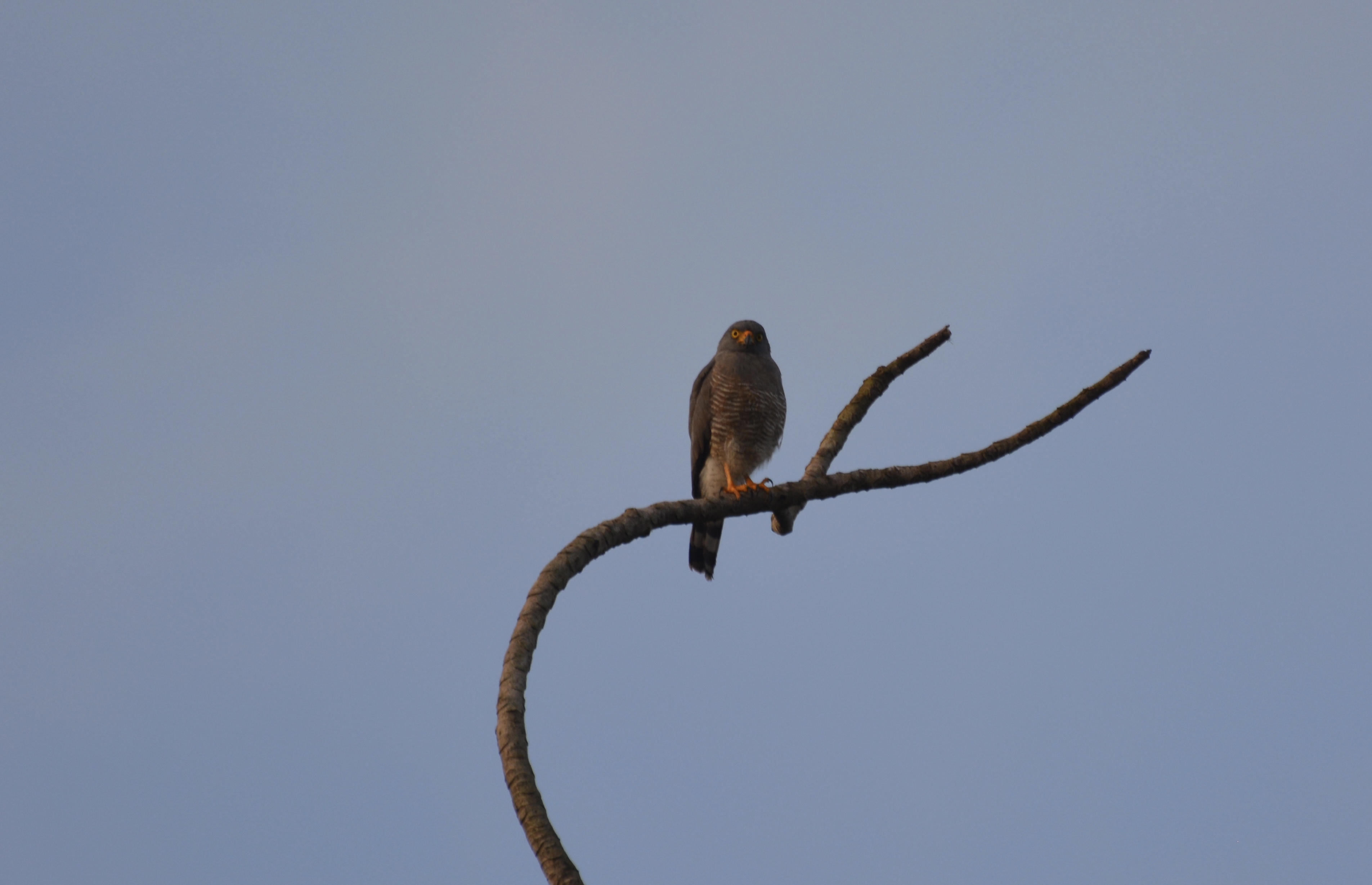
Our first stop was at the delightful Rock View Lodge, an oasis developed over many years by an Englishman complete with beautiful gardens that leverage the surrounding flora.
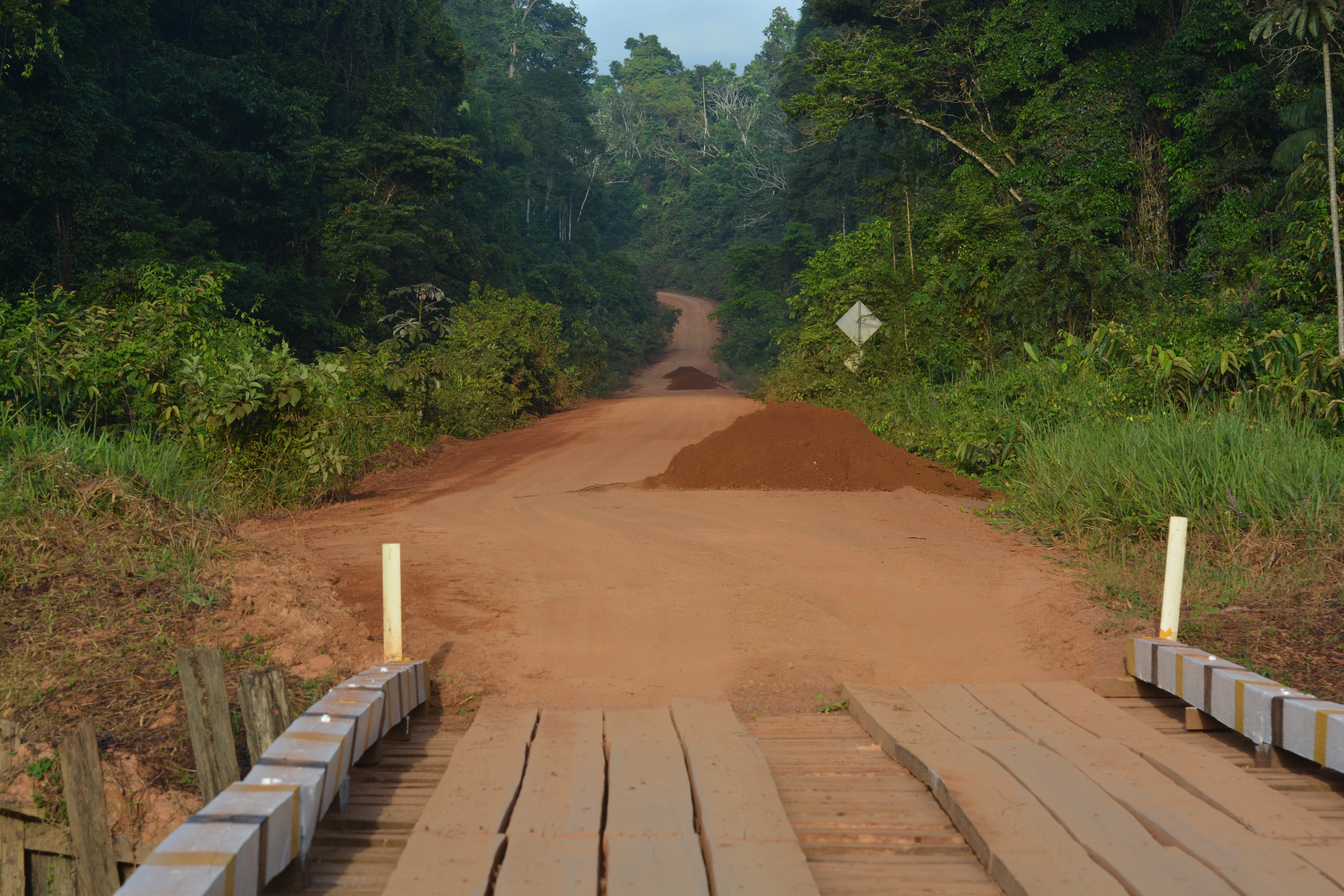
The road through the savannah is in a poor state and, while this is a factor in protecting the natural state of the landscape, it also acts as a major hinderance for development and also the connectivity to Northern Brazil which could really open up inland Guyana and also potentially the port of Georgetown for servicing Northern Brazil and the Amazon Basin.
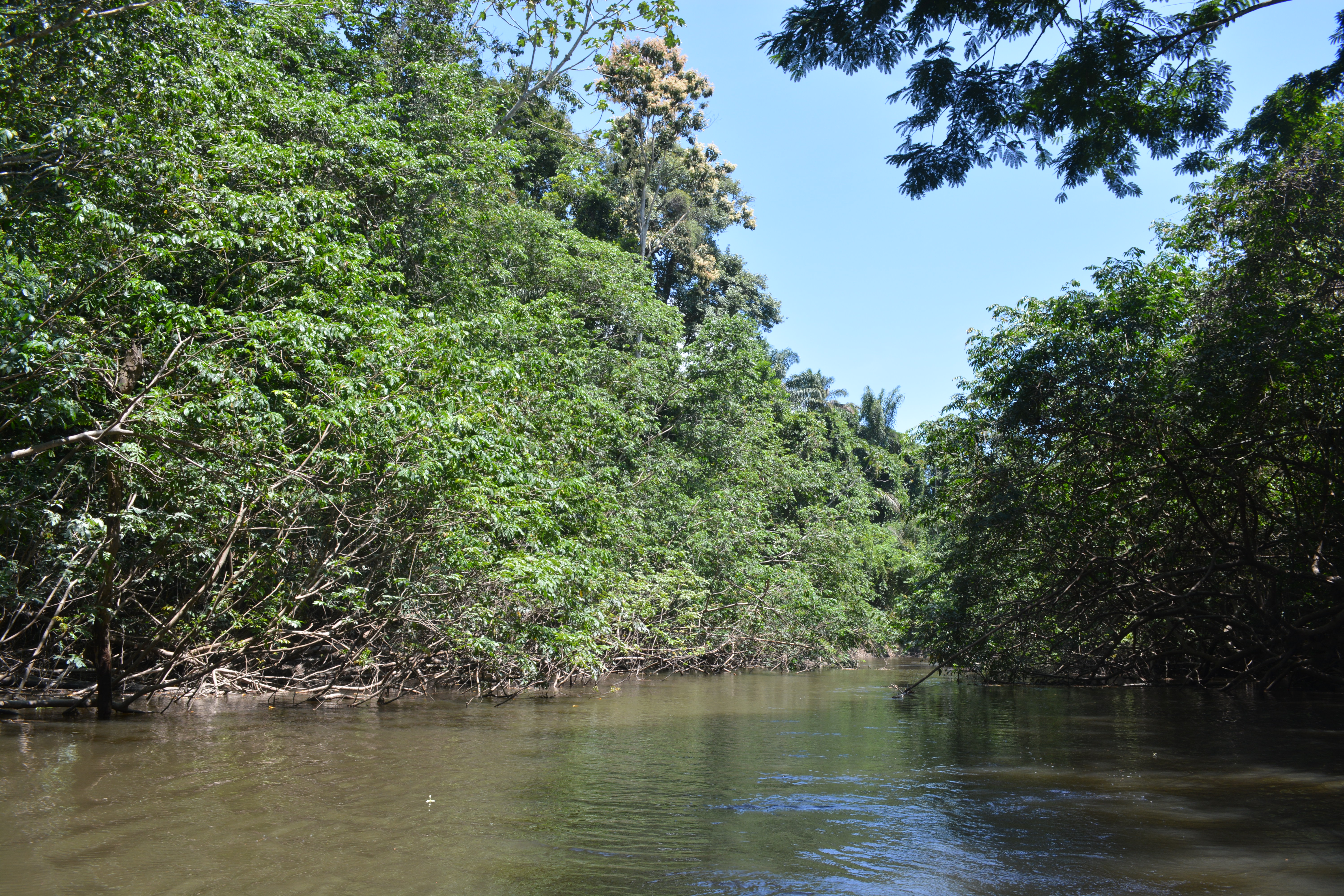
Beyond Rock View the virgin jungle begins and carry’s on for many kilometres. Guyana boasts some of the best examples of unspoilt jungle in the world and has the beginnings of an ecological tourism industry. Indeed after many days travelling around South America over the years we saw our first wild jaguar nonchalantly sitting in the middle of the road. The bird life especially the parrots and macaws are also particularly impressive.
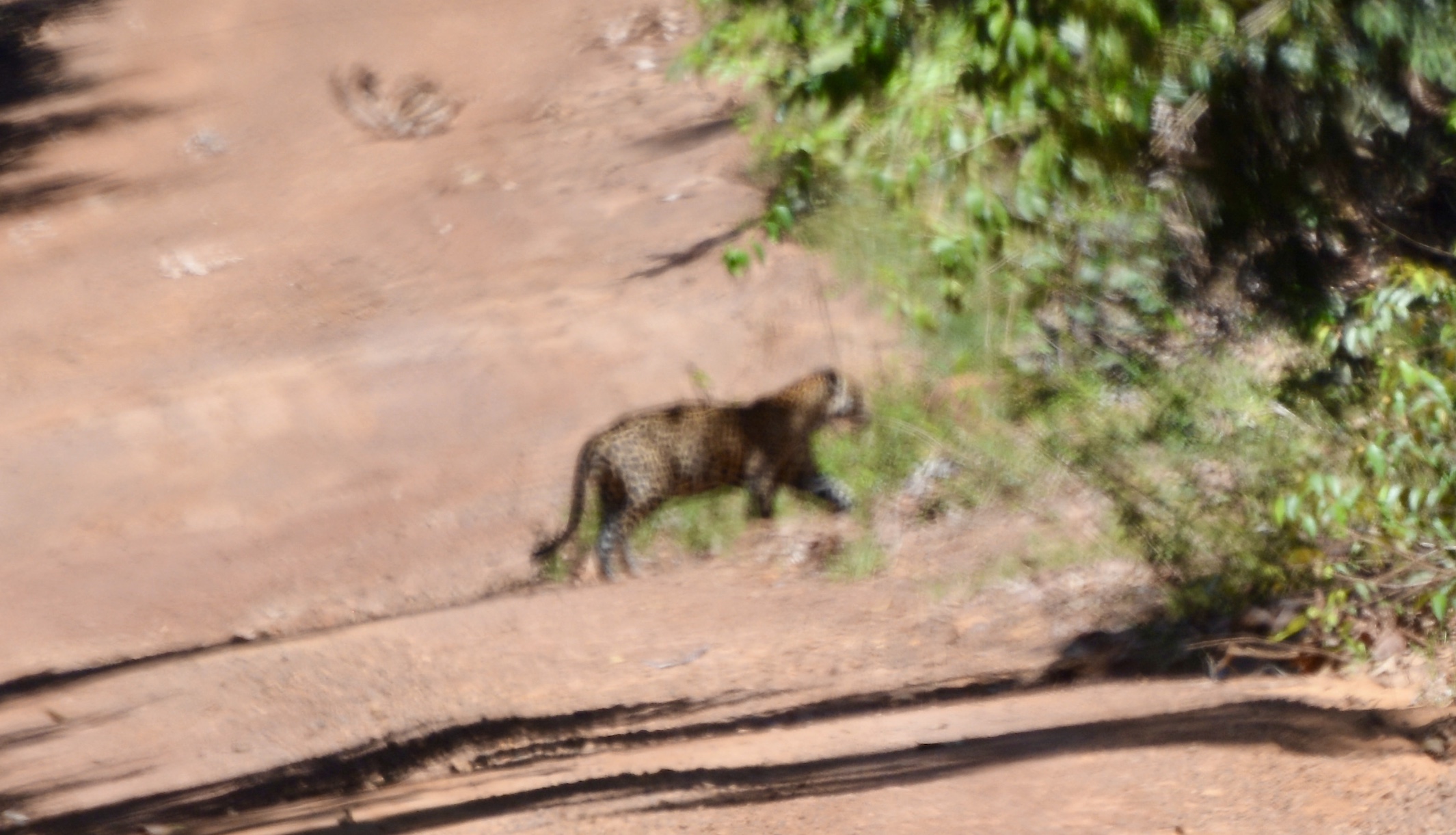
As the road progresses towards the coast there are many trees that have simply fallen down by the roadside. Their roots are not very deep and with the trees often being over 50 metres tall, they are not particularly stable, hence so many casualties. Also as we got closer to the coast the timber industry was very much in evidence. The industry according to the signs on the roadside is supported by the European Union so presumably the trees are harvested in a sustainable way. The road itself only improves once you get within a 100km of Georgetown, in the meantime everything is covered in the reddish brown dust.
Date: 28/09/2018 to 02/10/2018
